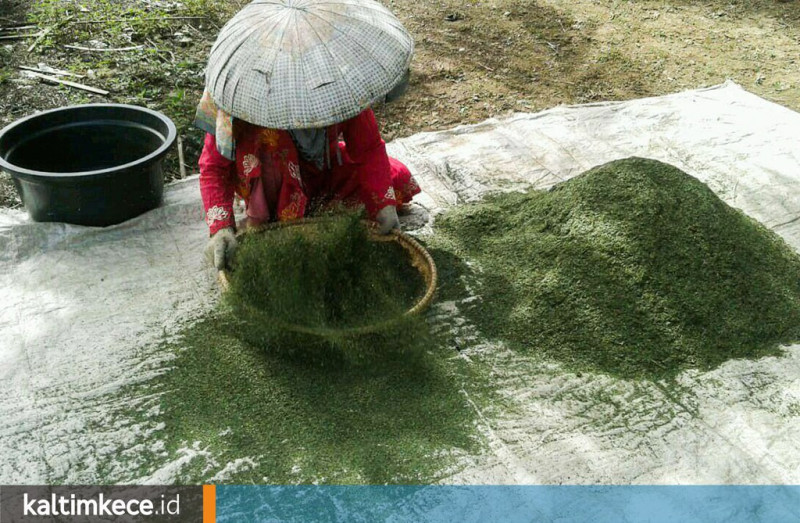Understanding Kratom, the Heavenly Leaf from…
Understanding Kratom, the Heavenly Leaf from Kalimantan:…
Kratom, or Mitragyna speciosa Korth, is a tropical plant belonging to the Rubiaceae family, which also includes coffee. Although it is found throughout Southeast Asia, the largest population is in Kalimantan. Kratom is known by various local names, such as ketum and purik in West Kalimantan, kayu sapat in Central Kalimantan, and kedamba in East Kalimantan.
Kratom is a robust plant with a taproot and broad leaves. Its trunk can reach a diameter of 0.9 meters at the age of 10-15 years. A distinctive feature is its round flowers that grow at the tips of the branches. Kratom thrives in critical land areas, particularly along riverbanks and tidal swamps. In East Kalimantan, for example, kratom is commonly found in Kota Bangun and along the Karang Mumus River in Samarinda.
For generations, the people of Kalimantan have utilized kratom leaves to combat fatigue. Its primary benefit is recognized as a body supplement, as noted in the Journal of the Ministry of Health. Communities also consume kratom tea to address various health issues, including diarrhea, muscle pain, and depression.
Rina Wahyu Cahyani from the Ministry of Environment and Forestry explains that kratom’s benefits come from two active compounds, mitraginin and 7-hydroxymitragynin. At low doses, kratom produces stimulant effects similar to caffeine, while at higher doses, it acts as an analgesic and sedative.
Kratom has become an important commodity in Kalimantan, especially in Kapuas Hulu Regency. Fresh kratom leaves sell for Rp 1,500 to Rp 3,500 per kilogram, while dried leaves are priced at Rp 17,000 to Rp 27,000. Kratom exports from West Kalimantan reached 4,800 tons between 2015 and 2018, with farmers earning Rp 49.2 billion during that period.

Despite its many benefits, kratom also poses risks that need to be considered. Misuse of kratom can lead to dependency. The National Narcotics Agency (BNN) has stated that the risks of kratom may be ten times greater than those associated with marijuana and cocaine. Further research is needed to understand its side effects, especially in traditional use.
Currently, kratom is still legal to cultivate and trade in Indonesia, although the Food and Drug Administration (BPOM) has prohibited its use as a traditional medicine and food supplement. There is a possibility that kratom could be classified as a Schedule I narcotic, which would trigger the destruction of the plant and its derivatives.
Kratom is a plant with significant potential, both in terms of health and economic benefits. However, major challenges regarding the risk of abuse and potential legislative actions could threaten its existence. Therefore, more in-depth research is necessary to understand the impacts of kratom and to seek a balanced solution between its benefits and risks.
Understanding Kratom, the Heavenly Leaf from Kalimantan:…
Kratom Leaves from Kalimantan: Between Benefits and…
With strong commitment to quality, sustainability, and customer satisfaction, we are dedicated to establishing a partnership with you

© 2024 All Rights Reserved.
WhatsApp us
